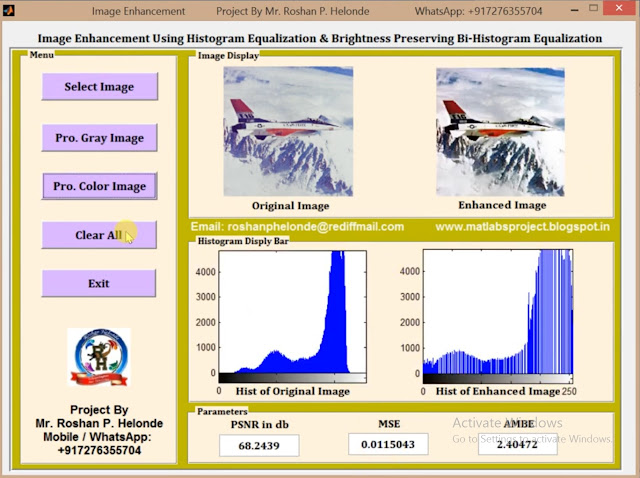ABSTRACT
Traffic sign recognition is an important but challenging task, especially for automated driving and driver assistance. Its accuracy depends on two aspects: feature exactor and classifier. Current popular algorithms mainly use convolutional neural networks (CNN) to execute feature extraction and classification. Such methods could achieve impressive results but usually on the basis of an extremely huge and complex network. What’s more, since the fully-connected layers in CNN form a classical neural network classifier, which is trained by conventional gradient descent-based implementations, the generalization ability is limited. The performance could be further improved if other favorable classifiers are used in python.
PROJECT OUTPUT
PROJECT VIDEO
Contact:
Mr. Roshan P. Helonde
Mobile: +91-7276355704
WhatsApp: +917276355704
Email: roshanphelonde@rediffmail.com






















